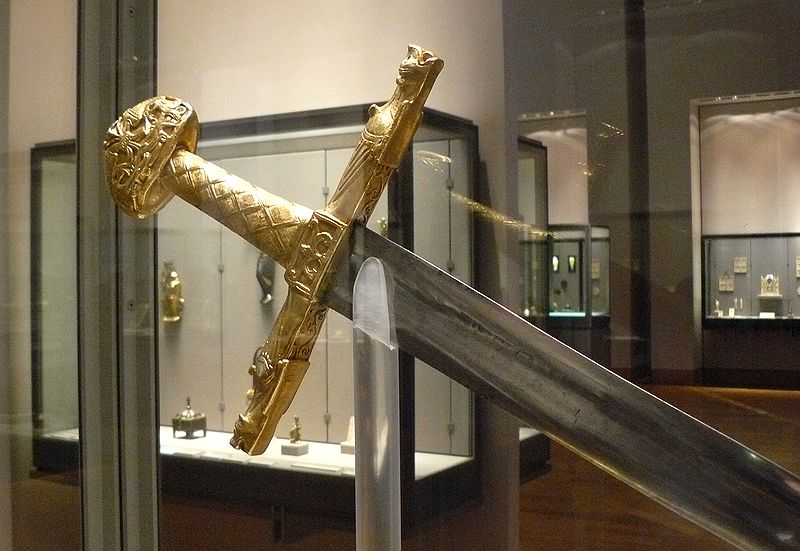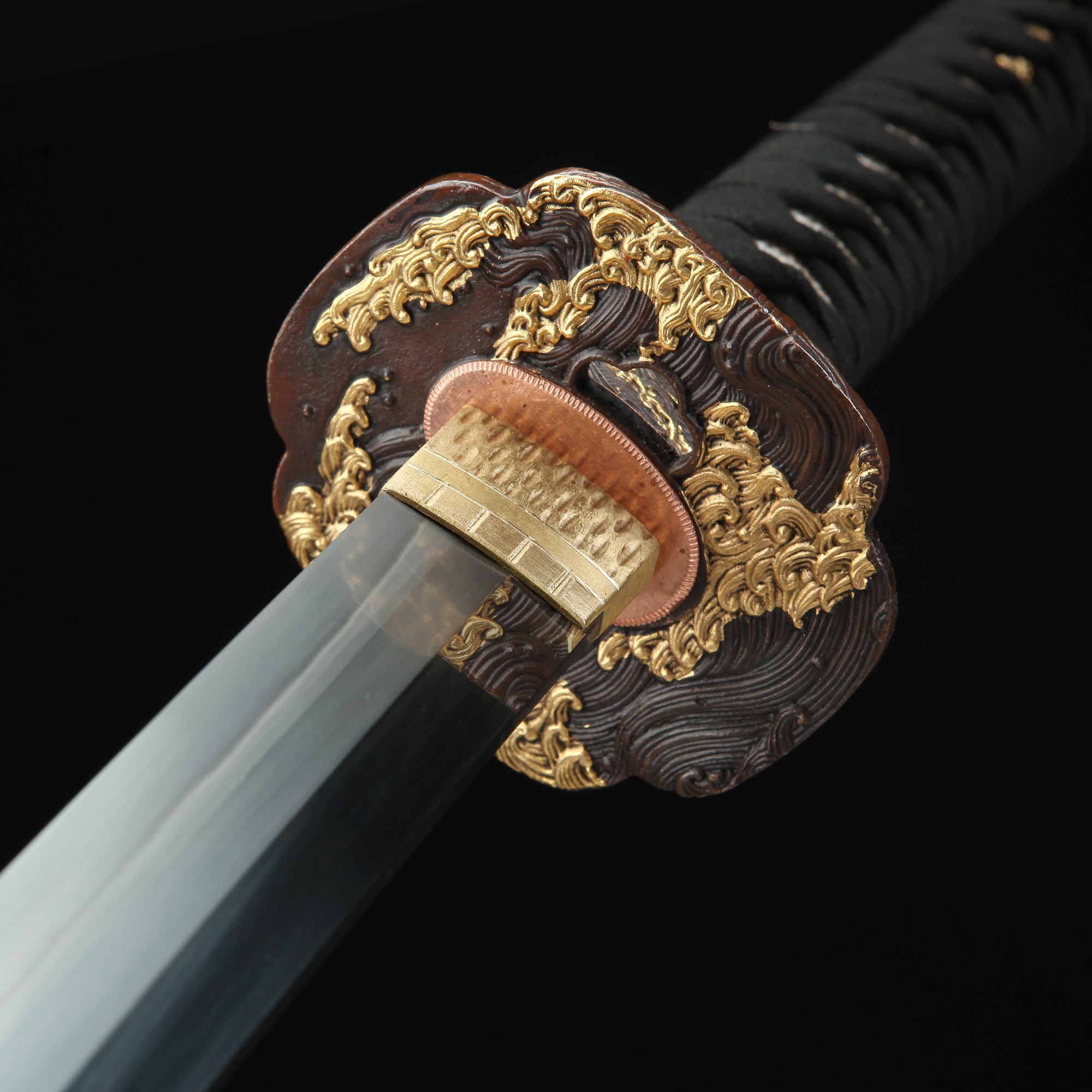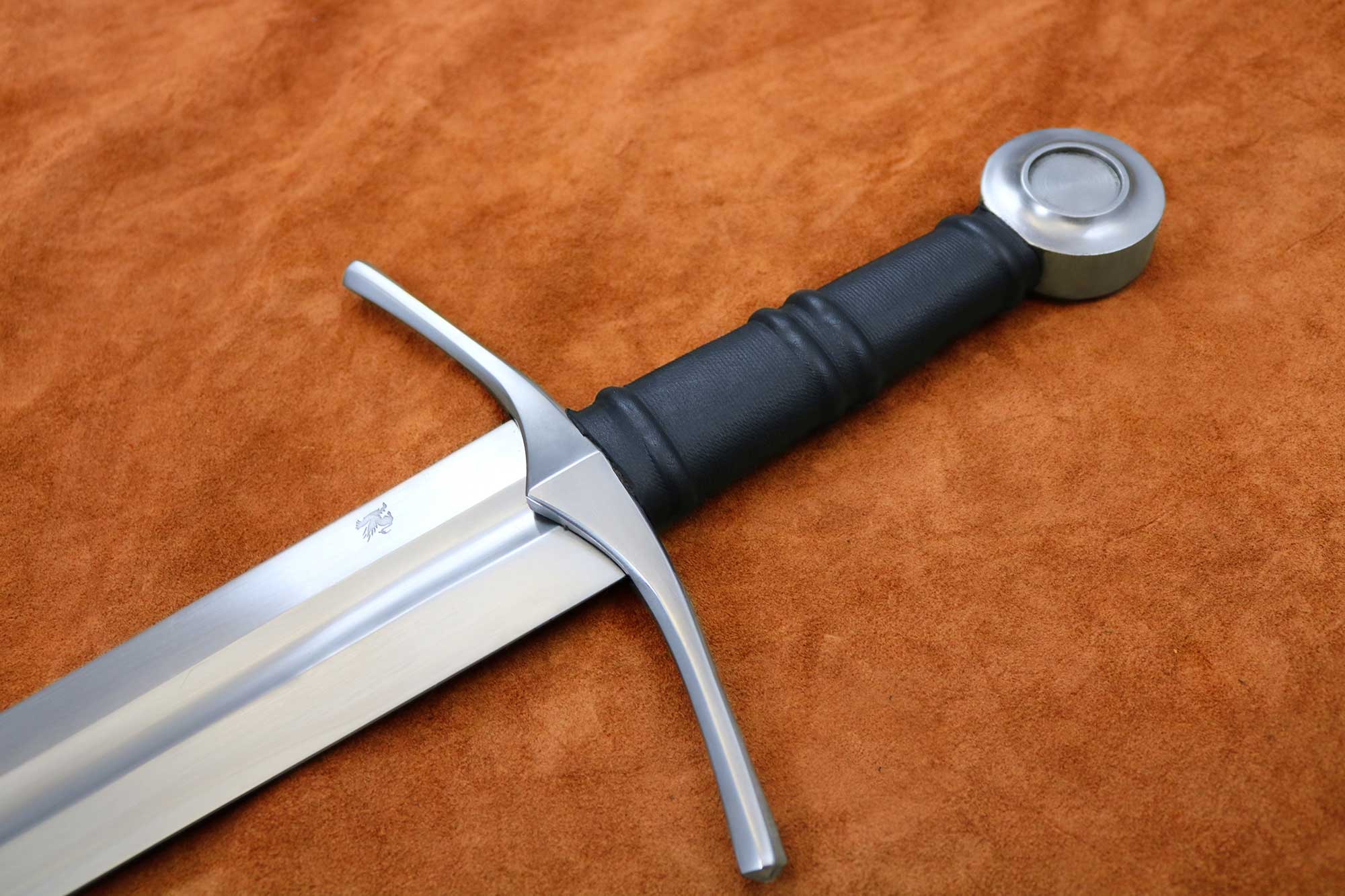The History Of Swords In Different Cultures
Share
Swords have been a significant part of human history, serving not only as weapons but also as symbols of power, honor, and craftsmanship. Across various cultures, the design, use, and significance of swords have evolved, reflecting the values and traditions of the societies that wielded them. This article takes you through a journey of the history of swords in different cultures, showcasing their unique characteristics and the stories they tell.

The Japanese Katana: A Symbol of the Samurai
The katana is perhaps one of the most iconic swords in history, synonymous with the samurai of feudal Japan. Renowned for its distinctive curved blade and exceptional craftsmanship, the katana was not just a weapon but a work of art.
Craftsmanship and Techniques
The making of a katana involves a meticulous process, including folding the steel multiple times to create a strong yet flexible blade. This technique, known as "tamahagane," results in a sword that is both sharp and resilient. The katana's design allows for quick draws and swift strikes, making it ideal for the battlefield.

Cultural Significance
In Japanese culture, the katana represents honor, loyalty, and the samurai's way of life. It is often said that a samurai's soul resides in his sword. The katana is not just a weapon; it is a symbol of the samurai's identity and values.
European Swords: From the Middle Ages to the Renaissance
European swords have a rich history, evolving from simple iron blades to complex weapons of war. The design of swords varied greatly across different regions and periods, influenced by the needs of warfare and the artistry of the time.
The Longsword
The longsword, prevalent during the late medieval period, is characterized by its double-edged blade and cross-guard. It was designed for both cutting and thrusting, making it versatile in combat.

The Rapier
By the Renaissance, the rapier emerged as a popular sidearm for the nobility. Its slender blade and intricate hilt allowed for precise thrusting and elaborate fencing techniques. The rapier became a symbol of elegance and sophistication in European courts.
Middle Eastern Swords: The Scimitar and Beyond
Middle Eastern swords, particularly the scimitar, are known for their distinctive curved blades and ornate designs. These swords have played a crucial role in the history of warfare and culture in the region.
The Scimitar
The scimitar, with its sweeping curve, is designed for slashing attacks. It is often associated with the warriors of the Islamic Golden Age, where it symbolized strength and valor.

Cultural Impact
In Middle Eastern culture, swords are often seen as symbols of power and prestige. They are frequently featured in art, literature, and folklore, representing the heroic deeds of warriors and leaders.
African Swords: The Unique Designs of the Continent
African swords exhibit a wide variety of designs and uses, reflecting the diverse cultures and traditions across the continent. From the curved blades of the Zulu to the intricate designs of the Tuareg, African swords tell unique stories.
The Tulwar
The tulwar, a type of sword from India, has also influenced African sword designs. Its curved blade and distinctive hilt make it a formidable weapon in battle.

Symbolism and Function
In many African cultures, swords are not only used for warfare but also in ceremonial contexts. They symbolize bravery and are often passed down through generations as heirlooms.
Indian Swords: The Rich Heritage of the Subcontinent
India boasts a rich tradition of sword-making, with various styles reflecting the region's diverse cultures. The craftsmanship of Indian swords is renowned, with intricate designs and unique blade shapes.
The Khanda
The khanda is a double-edged sword that holds significant cultural and religious importance in Hinduism and Sikhism. Its broad blade and pointed tip make it a powerful weapon.

Cultural Significance
In Indian culture, swords are often associated with valor and honor. They are used in various ceremonies and rituals, symbolizing the warrior spirit.
Conclusion: The Timeless Legacy of Swords
The history of swords across different cultures is a testament to human ingenuity and artistry. Each sword tells a story, reflecting the values, traditions, and craftsmanship of the people who wielded them. Whether it's the elegant katana of Japan, the versatile longsword of Europe, or the ornate scimitar of the Middle East, swords continue to captivate our imagination and symbolize the enduring spirit of humanity.
As you reflect on the rich tapestry of sword history, consider how these weapons have shaped cultures and societies throughout time. The legacy of swords is not just about warfare; it's about identity, honor, and the artistry that transcends generations.



